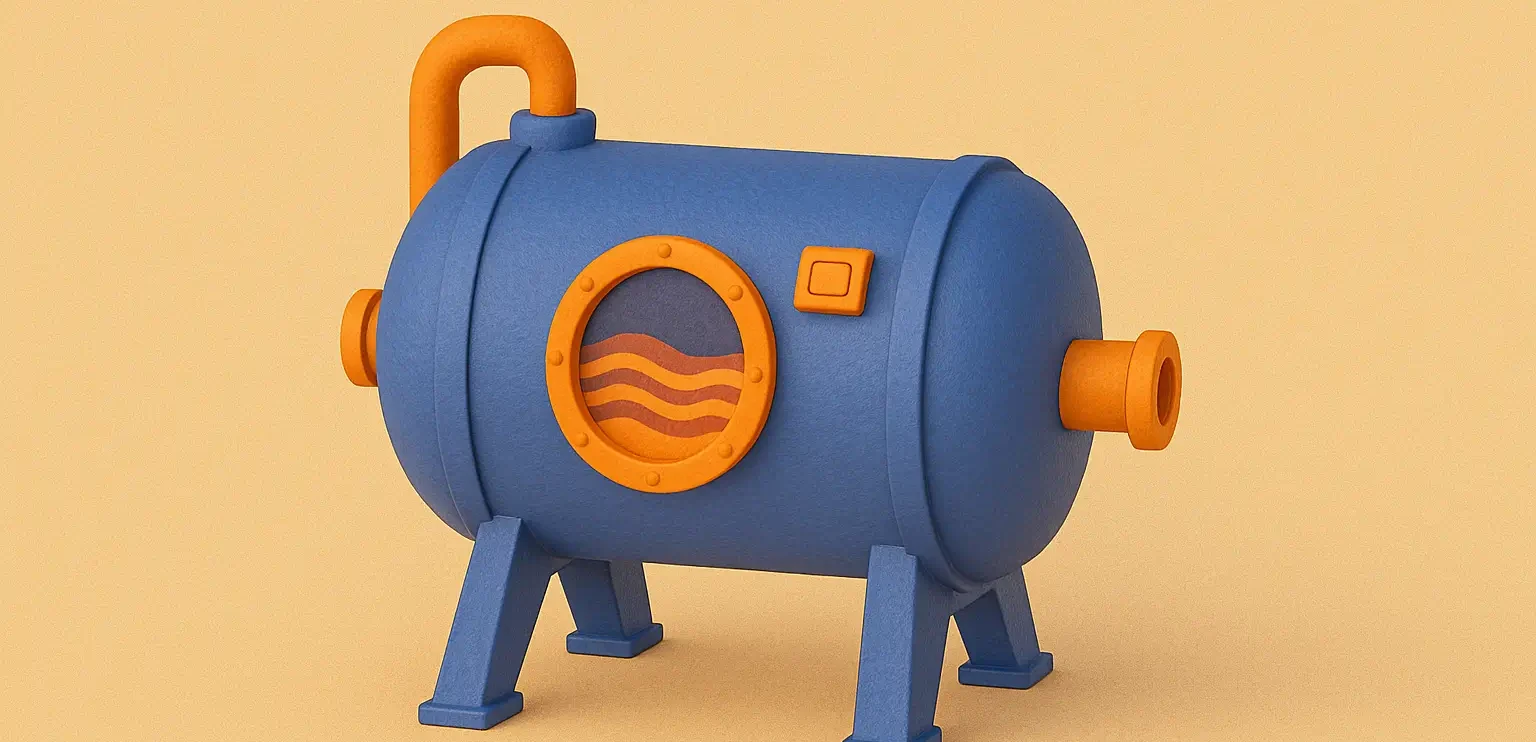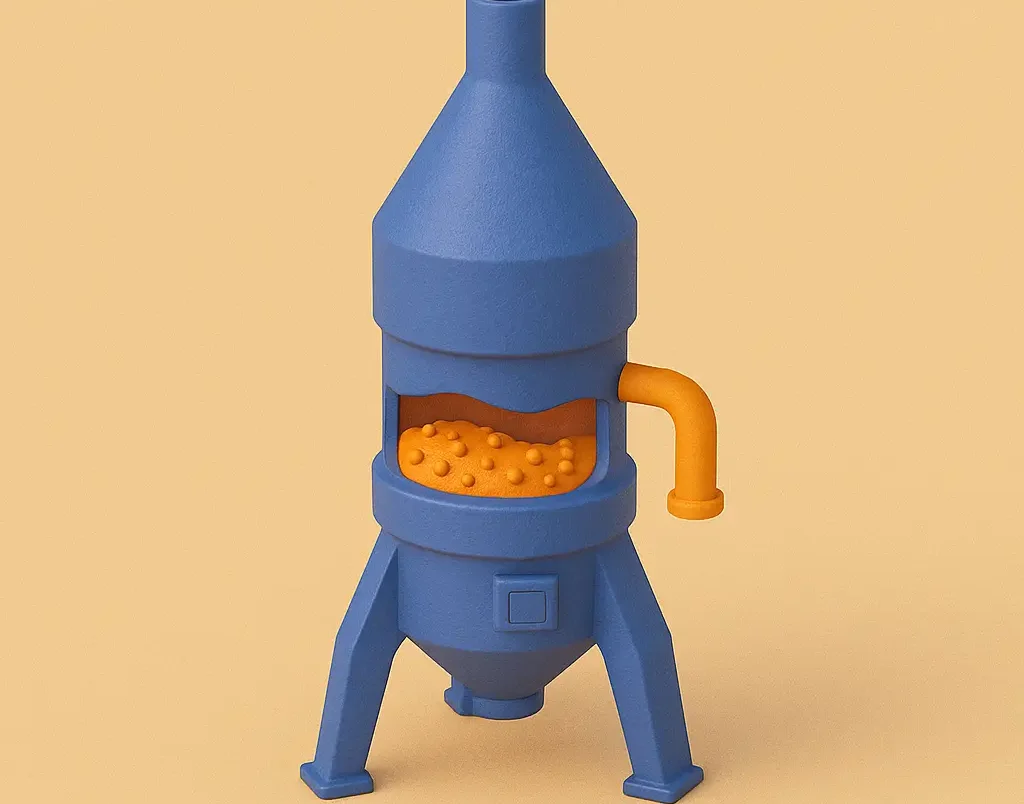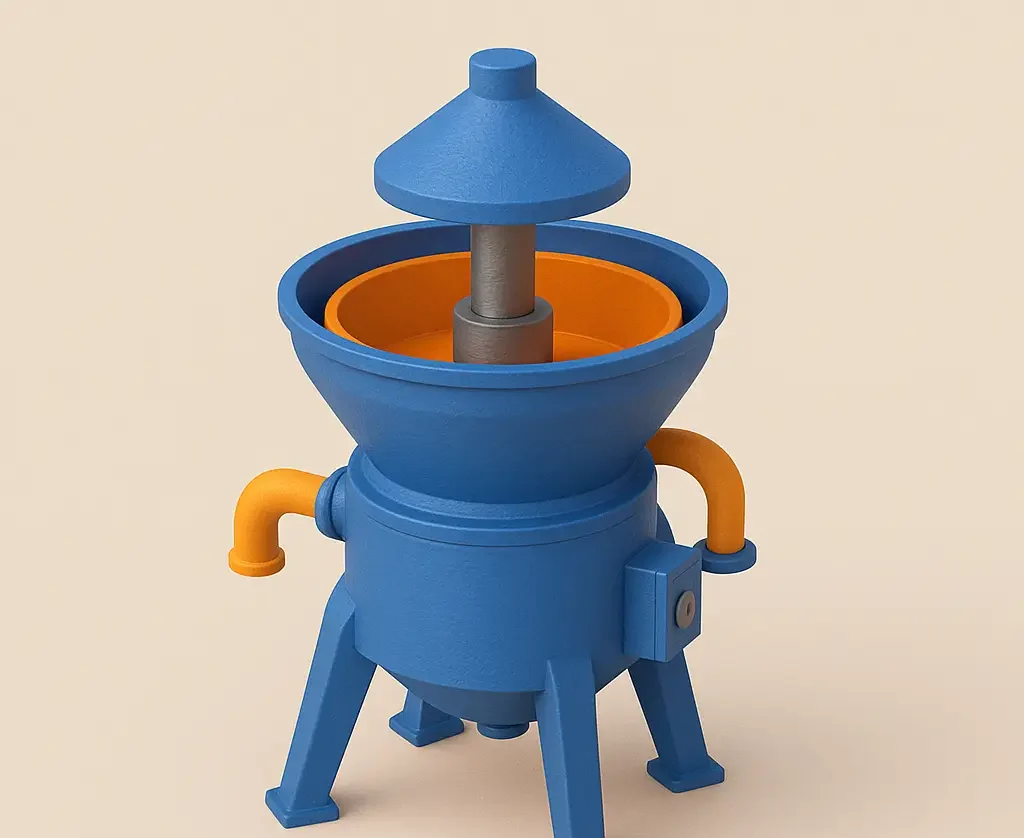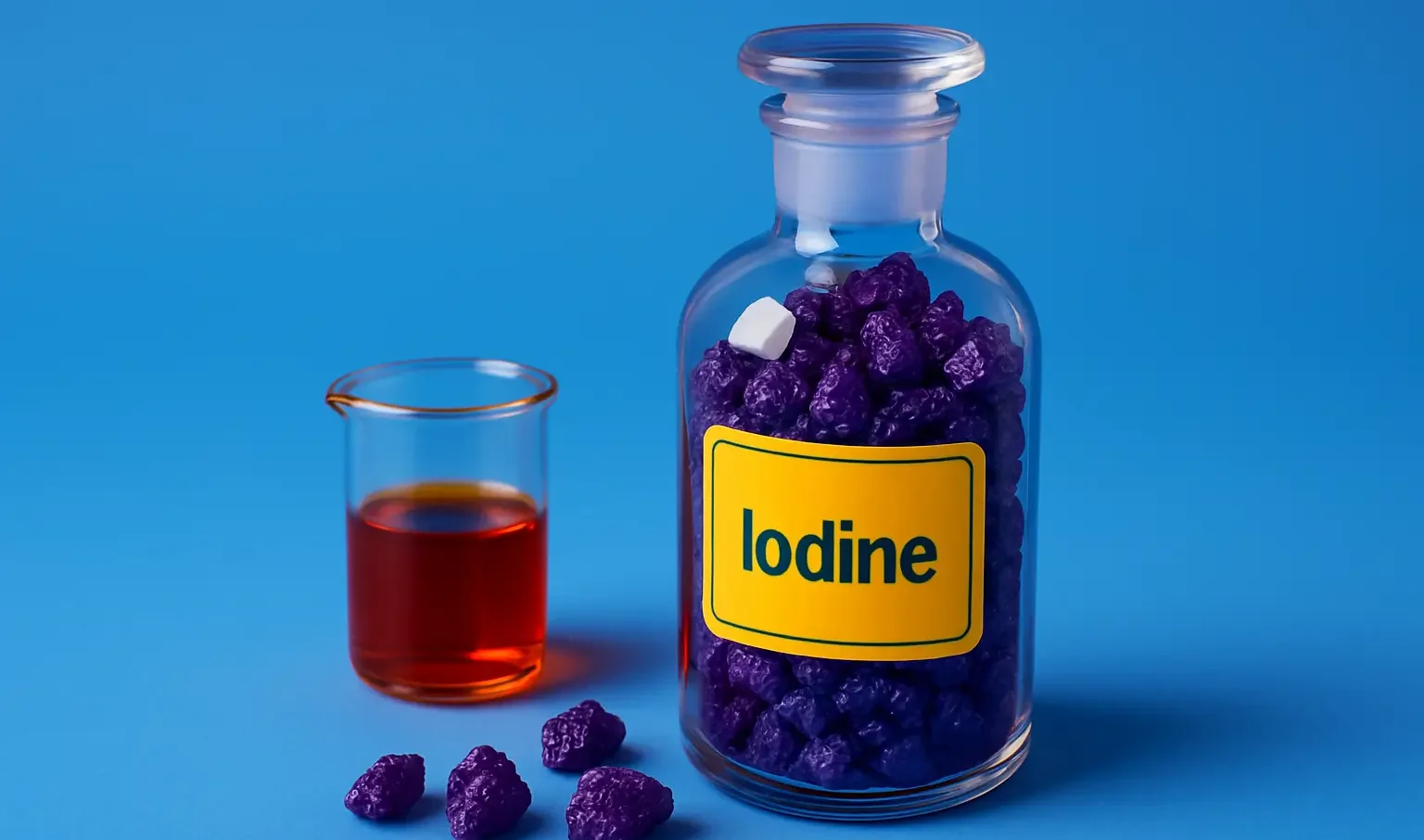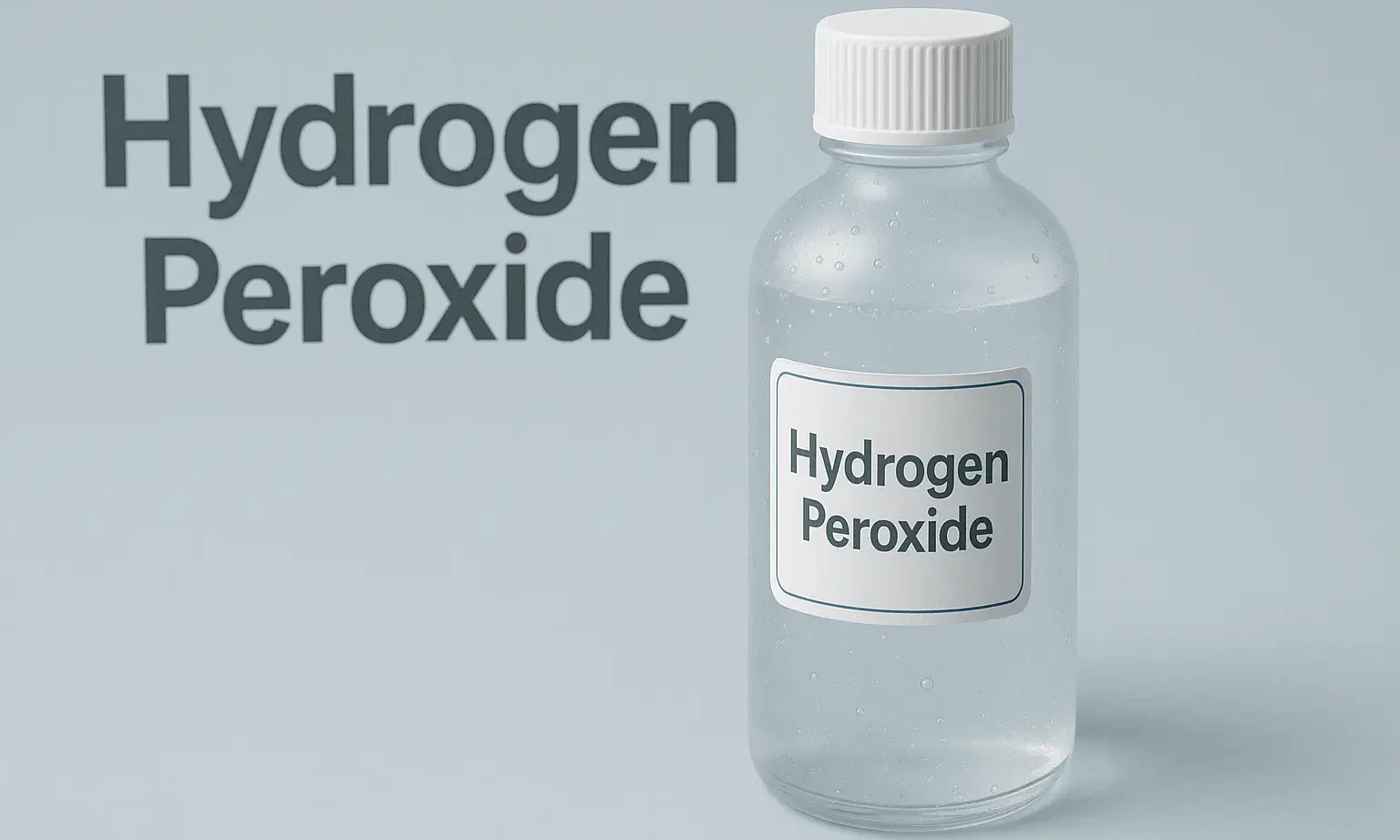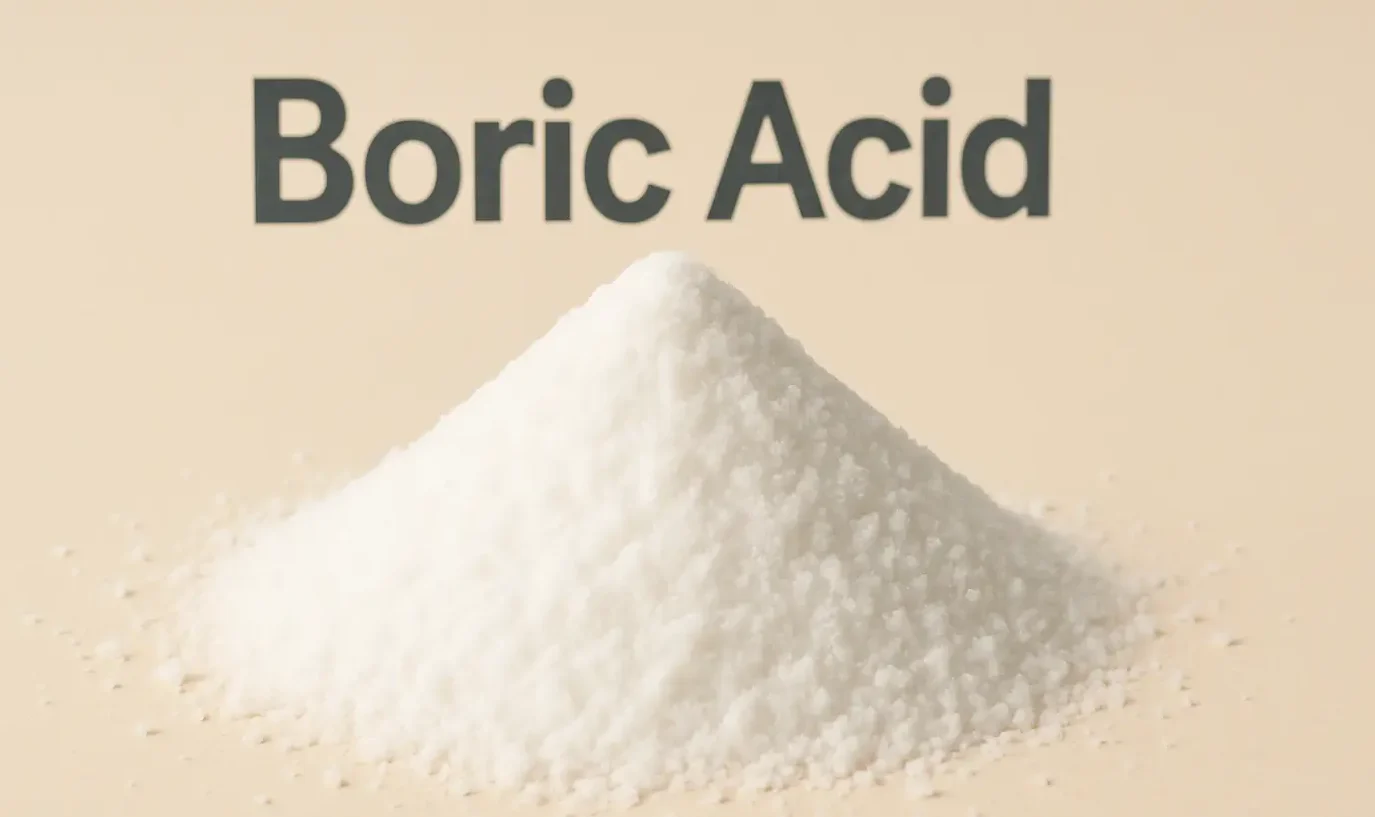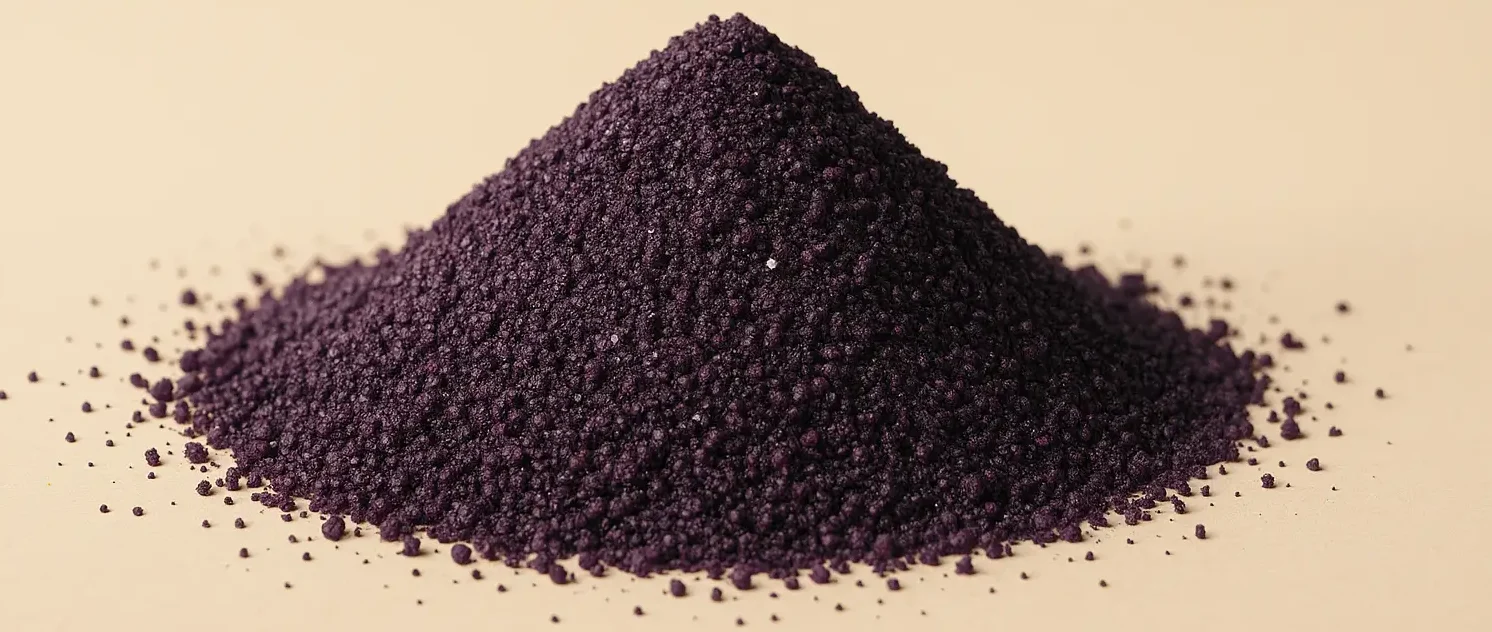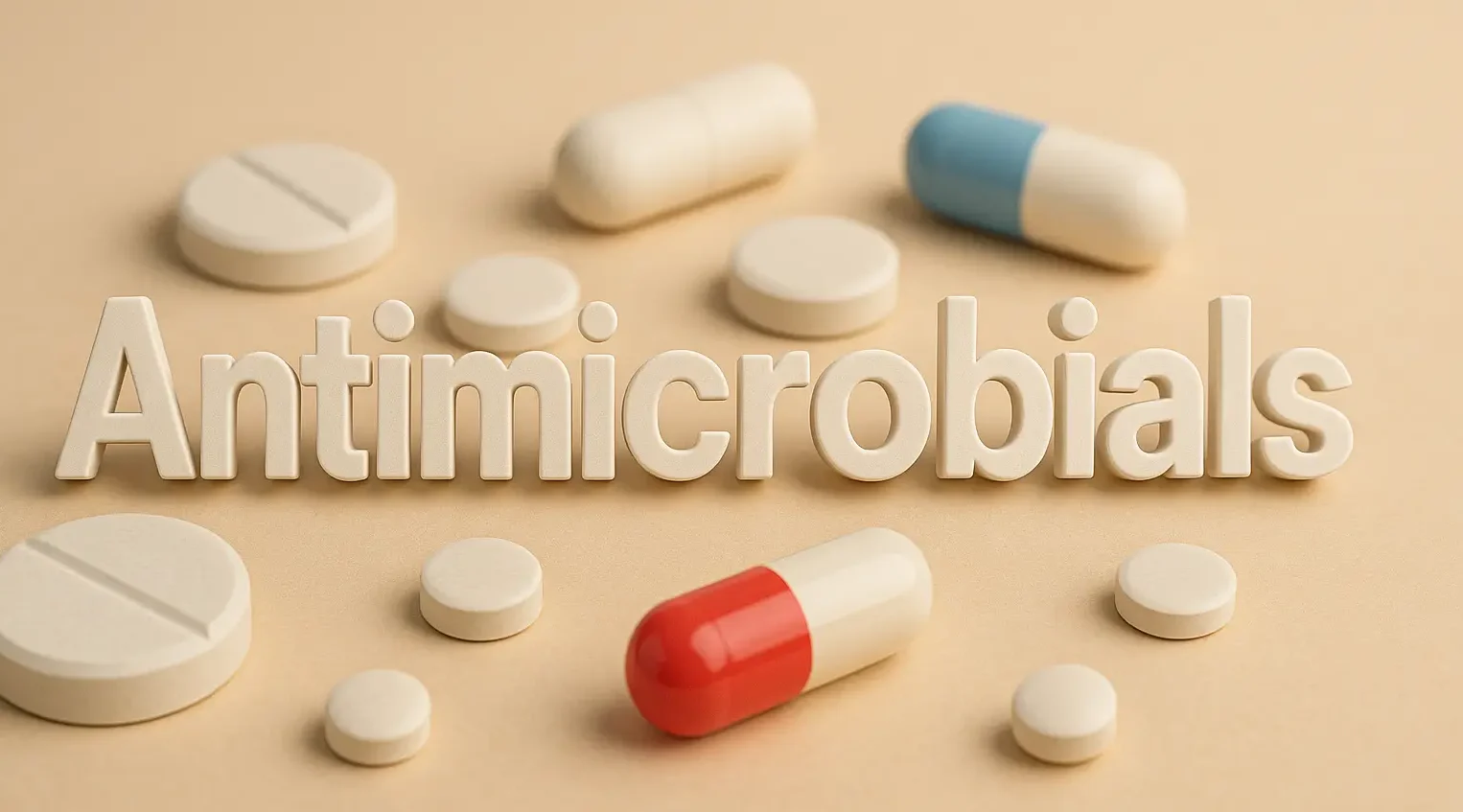Vacuum Dryer
Principles of Vacuum Dryer A vacuum dryer operates on the principle of reducing the pressure around the material to be dried, which lowers the boiling point of water and other solvents. This allows drying at lower temperatures, which is advantageous for heat-sensitive materials. Construction of Vacuum Dryer Vacuum Chamber: An airtight chamber capable of withstanding … Read more

